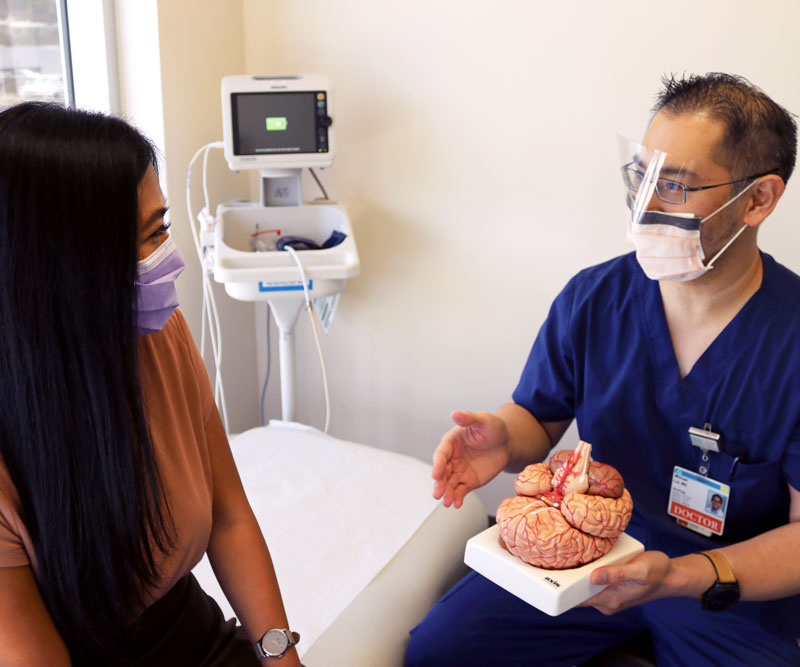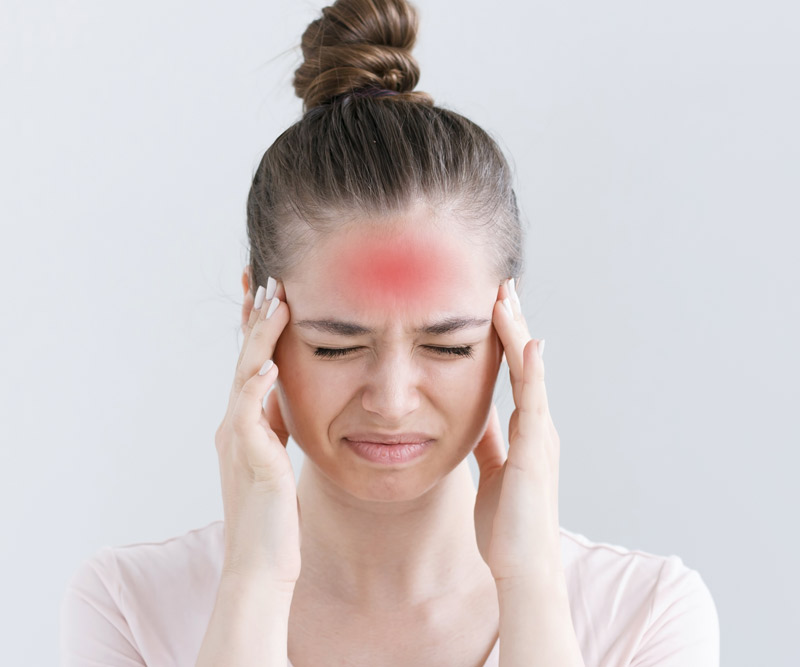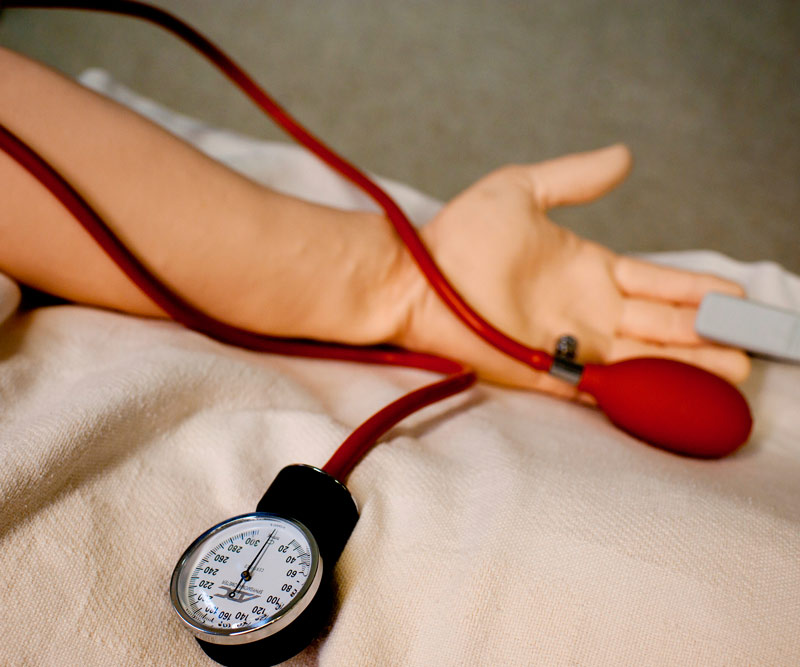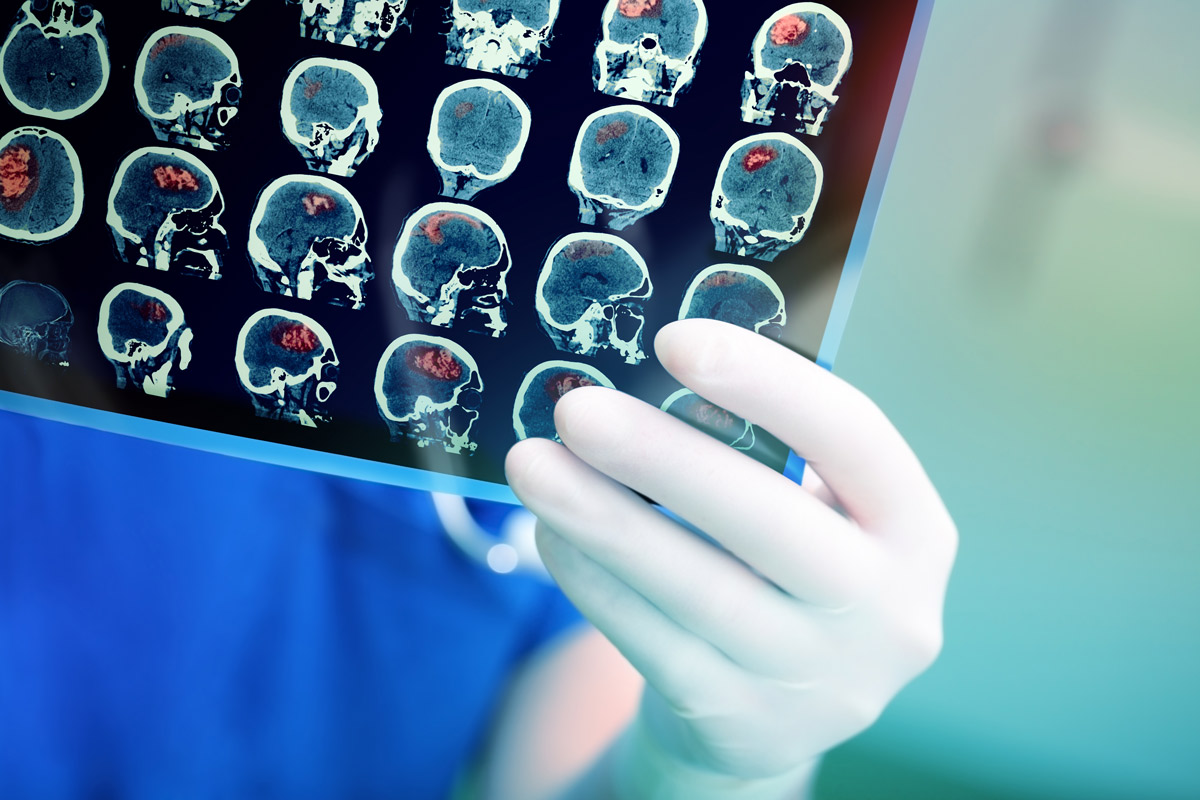
Stroke Awareness: When Every Second Counts
Every 40 seconds, someone, somewhere in the United States, suffers a stroke.
That's the same amount of time it takes to reply to an email, reheat a cup of coffee or post a selfie.
According to the American Heart Association (AHA) and American Stroke Association (ASA), stroke is the fifth leading cause of death but is the third leading cause in Hawaii.
Stroke also is the leading cause of adult disability in the U.S., with nearly 800,000 people suffering a new or recurrent stroke each year.
Types of Stroke
Most stroke cases – nearly 87% – occur when a blood clot blocks a blood vessel and prevents blood from getting to the brain.
Called an ischemic stroke, this type of stroke can happen one of two ways:
- Cerebral thrombosis – A blood clot develops inside one of the arteries (either the large arteries or a very small arterial vessel) that supplies blood to the brain.
- Cerebral embolism – A blood clot or plaque forms within the circulatory system, usually the heart or large arteries of the upper chest and neck, then breaks loose and travels through the brain’s blood vessels until it reaches vessels too small to pass, ultimately blocking the brain’s blood supply.
Though less common than ischemic stroke, hemorrhagic stroke is responsible for about 40% of all stroke deaths.
A hemorrhagic stroke results from a ruptured blood vessel inside the brain that bleeds into the surrounding brain tissue. As blood accumulates, it compresses and eventually kills those brain cells, causing affected areas of the brain to stop working correctly.
Risk Factors
Some risk factors, like your age, race, sex and family history, can't be changed. However, there are many precursors for stroke within your control.
"The most common risk factors for stroke are high blood pressure, diabetes, high cholesterol and smoking,” says Dr. Joseph Kipta, a Hawaii Pacific Health Medical Group (HPHMG) neurologist and stroke medical director at Hawaii Pacific Health.
"All of these risk factors are quite common in Hawaii," Kipta states. "All of them are controllable with lifestyle changes, of course."
Other risk factors for stroke include:
- Poor diet.
- Physical inactivity.
- Obesity.
- Carotid or other artery disease.
- Peripheral artery disease.
- Atrial fibrillation.
- Sickle cell disease.
"Heart disease is a less common but very important risk factor for stroke as well," Kipta adds. "If you have heart disease, talk to your cardiologist about what you can do to lower your risk of stroke. Recent advances in the diagnosis and treatment of certain heart conditions have given us new tools to help heart patients avoid stroke."
Tips to Reduce Stroke Risk
According to the AHA/ASA, up to 80% of strokes are preventable.
To lower your risk of suffering a stroke, Kipta advises to:
- Avoid salty foods like Spam and Vienna sausages.
- Eat less red meat and more chicken and fish.
- Eat more vegetables and whole grains and less processed foods.
"Eating a healthy diet is probably the best thing you can do to avoid these risk factors," Kipta says. "Quitting cigarettes and exercising regularly are other things people can do to help themselves."
Even if you lead a healthy lifestyle, stroke still can happen to anyone at any time.
"The most important misconception that I hear from my patients is that they didn't seek medical attention quickly because they thought the symptoms (of a stroke) would go away if they went to sleep," Kipta states. "This misconception leads to delay in the diagnosis and treatment of stroke, which often leads to a higher risk of death and disability.
"Another misconception is that strokes only occur in the elderly," says Kipta. "Unfortunately, we see many people in their 30s, 40s and 50s who have had a stroke. Sometimes, these people have high blood pressure or diabetes that are poorly controlled. Others have illegal drug problems or congenital heart defects that can cause stroke. My advice for all patients, regardless of age, is to call 911 if you think you are having a stroke."
If you ever suspect you are having a stroke, remember that time is imperative to your survival.
"There is an effective treatment for most patients who are experiencing a stroke; the only catch is that the medicine can only be given within the first few hours after the symptoms begin," Kipta explains. "Most of our stroke patients come to the medical center too late to receive this treatment, so we really need to get the word out to the public."
Remember: BE FAST
To ensure you get the treatment you need, remember to “BE FAST”:
- B = Balance. Is there a sudden loss of balance or difficulty with coordination?
- E = Eyes. Is there a sudden change in vision (e.g., blurred or double vision) or loss of vision in one or both eyes without pain?
- F = Face. Does one side of the face droop or is it numb? Ask the person to smile.
- A = Arm. Is one arm weak or numb? Ask the person to raise both arms. Does one arm drift downward?
- S = Speech. Is the speech slurred, unable to talk, or hard to understand? Ask the person to say a simple sentence.
- T = Time. If the person shows any of these signs, it's time to call 911.
"When you think you may be having a stroke, time is brain!" Kipta emphasizes. "Please call 911 if you think you may be having a stroke."
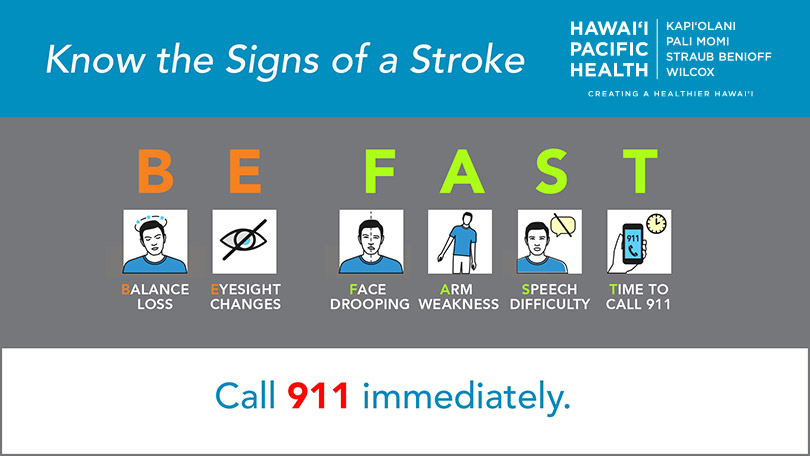
Published on: May 12, 2023


